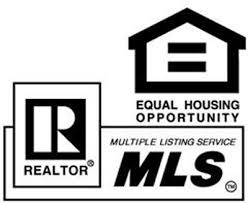McCall Idaho Housing Tax Facts
Here are tax facts to help answer questions you may have regarding the sale of your house, or the purchase of your new house.
- Single homeowners can exclude the entire gain on the sale of a home up to $250,000. Married owners can exclude $500,000 if they file a joint return for the year, either spouse meets the ownership test, both meet the use test, and neither spouse is excluding a gain from the sale of another home after May 6, 1997.
- All homeowners must satisfy 3 tests. The ownership test means the seller owned the home for at least 2 years of the 5-year period before the closing date. The use test means the seller used the property as a principal residence for 2 years of that 5-year period. And the waiting period test means the exclusion wasn’t used during the preceding 2-year period. Sellers are not required to purchase a replacement residence, as they were under the old law.
- There is no limit to the number of times the exclusion will apply. There is no cumulative feature. For example, a married seller may exclude up to $5000,000 of gain on each home sale over a lifetime, provided all other requirements are met.
- Since January 1, 1998, gains from all capital assets held for more than 12 months are taxed at the rate of 20% , or 10% for tax payers in the 15% tax bracket. If sellers qualify for the exclusion, the first $250,000 or $500,000 of the gain on the sale is not taxable. Any gain beyond the $250,000/$500,000, depending on their situation.
- Job transferees who must sell their house in less than the 2 year period can claim a percentage equal to the percentage of the 2 year requirement they have satisfied. So if they owned and used the property for only 6 months, they would be entitled to a 25% exclusion (6 months = 25% of 2 years) of either $250,000 or $500,000, depending on their situation.
- There are other situations where reduced exclusions are allowed. Owners who sell because of a change in health are treated the same as job transferees. The exclusion is available to those who owned their home on August 5, 1997 (the date the law became effective), and sell before August 5, 1999. Those sellers should see their tax consultant for more information.
- Owners of a rental property – or a home formerly used as a principal residence can qualify for the exclusion even if they no longer live there on the sale date, that is, provided they meet the ownership, use and waiting period tests. Also, owners of a rental property can move into their property for 2 years, convert the rental into a principal residence, and be eligible for the exclusion.




